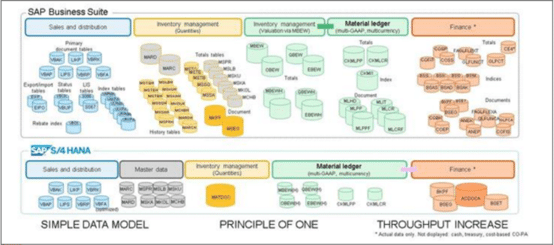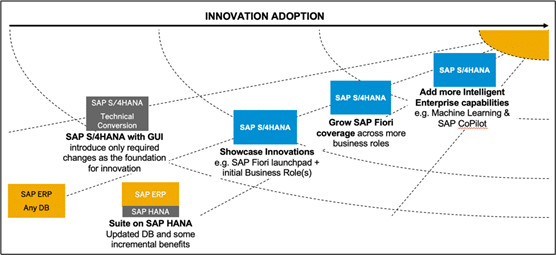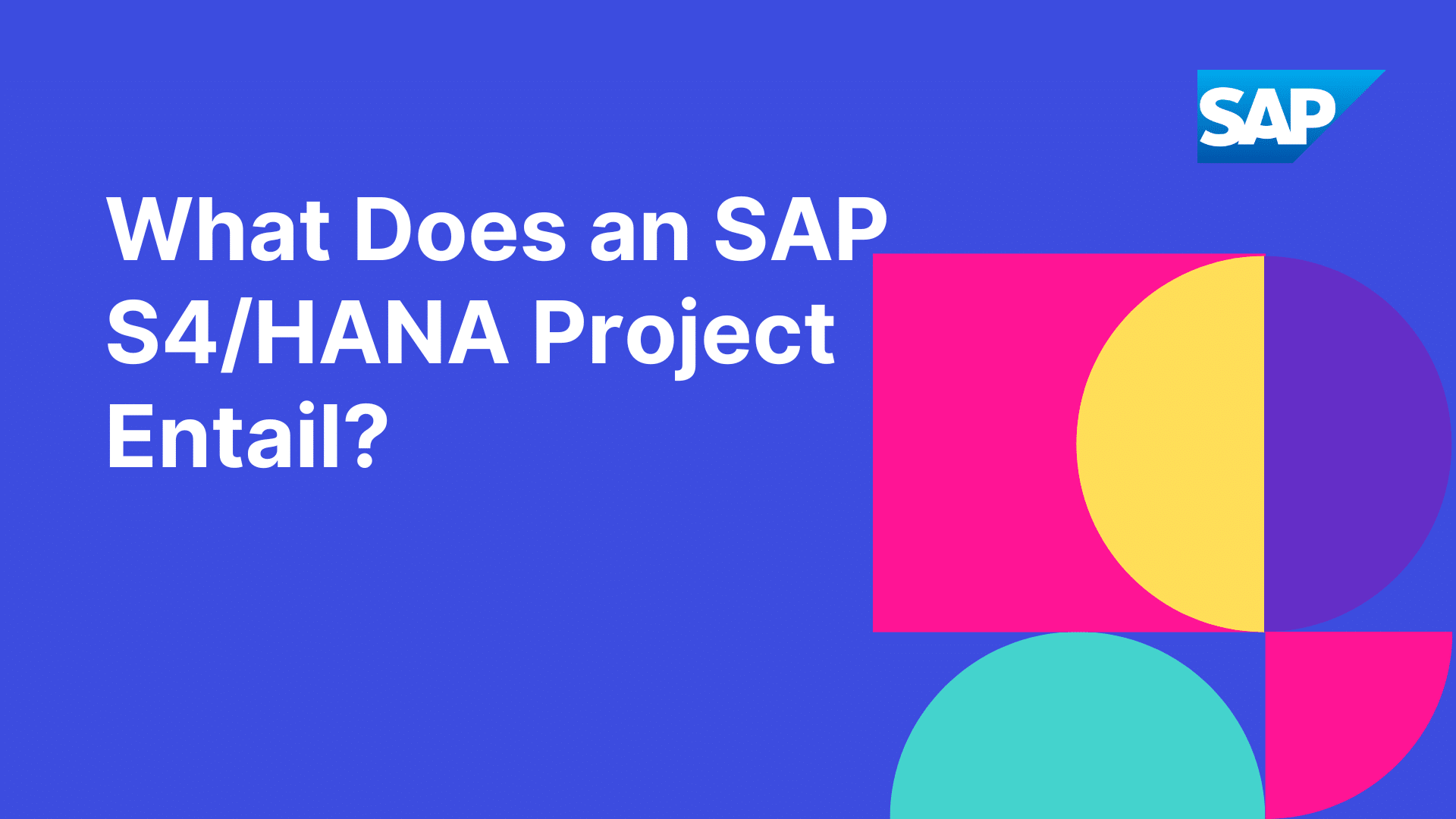by Ajit Pokharkar
IT Manager - ERP & Enterprise Systems
Ajit is an IT Manager experienced in delivering and managing Enterprise IT systems & Projects in the Consumer Goods & Manufacturing industry. Key functional delivery areas include Sales & Supply Chain execution systems; focal points being SAP ERP & S/4HANA.
This post is an attempt answering the WHAT – by entailing a broad outline of key technical & functional topics around which most S/4HANA projects will be scoped.
As a starting point it is useful to understand what is at the heart of the most technical & functional changes & innovations that come with S4 – it is the massive simplification of the Data Model. And examining the image below tells the difference. For instance, 26 inventory management tables are merged into 1 MATDOC. Similar is the case where FI-CO tables being merged to ACDOCA

Now, let us dive into the scope topics..
Technical Topics
Functional Topics:
Finance & Controlling
Logistics Essentials
Logistics New Features
These invariably can be and recommended as later phases/projects
To conclude, Technical & Functional topics outlined here give flavor of what a typical S4 project will be scoped around & are not one-size-fits-all for all projects. The true scope for each project is specific to each scenario & dependent on multitude of factors like
- Transition path you take and organizational change appetite for each project – Number of functional topics can be optional to start with for a Brownfield implementation but most technical topics will be mandatory as they are driven by overhaul in the underlying data model
- SAP Readiness check & simplification tools give relevant & detailed object level list for your SAP instance with Mandatory vs Optional topics and what steps can be done before conversion
- Topics & Key considerations listed will vary significantly for a Greenfield implementation. For example, System conversion, ABAP code adaptation won’t be relevant more so when your current ERP is non-SAP or SAP ERP version not supported by SAP’s conversion tools. Modified Data migration will still have to be designed
- Use discovery phase (1st phase in SAP Activate methodology) to pin down exact project scope & waves of innovation – refer below image as an example of Fiori adoption waves. Similar view should be built in the discovery phase for the whole multi-year roadmap
- And finally, New innovations may need additional new licenses & engagement with SAP

No related author found.








